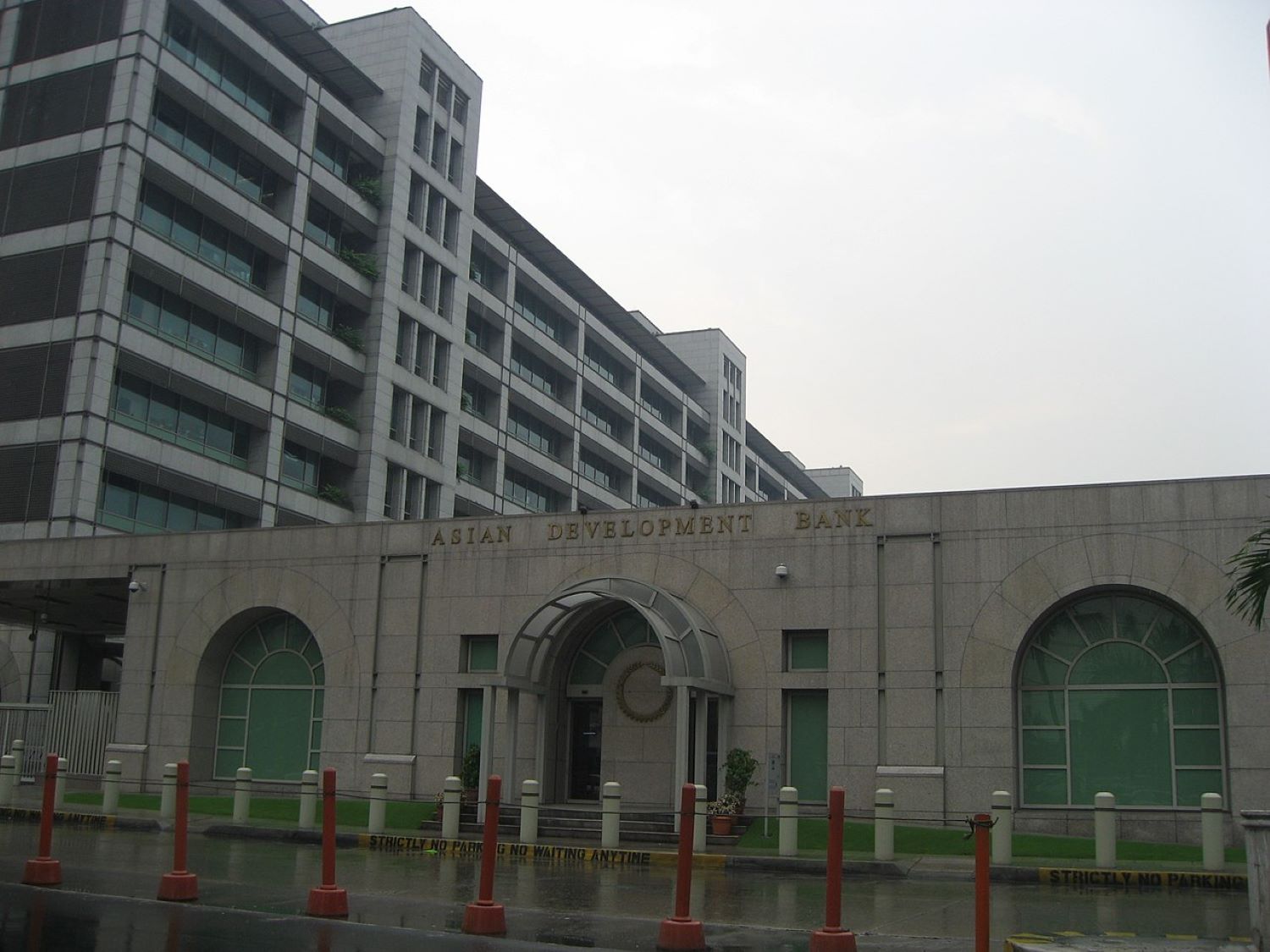MANILA, PHILIPPINES – Setting the scene for a low-carbon and climate-resilient Asia and the Pacific, the Asian Development Bank (ADB) plans to invest US$100 billion of its own funds and work with the public and private sector to maximize its climate impact.
With the region on the frontline of the growing climate crisis, ADB’s Climate Change Action Plan 2023–2030 aims to help decarbonize transport and energy, employ climate-smart planning to boost resilience, and work with partners to develop climate-critical outcomes.
Setting out ADB’s ambitious climate targets, the plan lays out action on how the bank plans to catalyze climate finance and incentivize innovation to help shepherd Asia and the Pacific towards a low-carbon, climate-resilient future.
Asian cities currently produce 75 percent of regional carbon emissions.
By 2030, more than 55 percent of the population of Asia and the Pacific will live in urban areas, driving up demand for urban services.
If urban areas continue along the same growth trajectory, Asian cities could contribute more than half of the rise in global GHG emissions over the next 20 years.
At the same time, Asia is home to 99 of the world’s 100 cities most threatened by environmental and climate risks.
ADB works with cities and towns in Asia and the Pacific to bring transformative change by promoting resilient, low-carbon urban development and the application of circular economy approaches.
ADB approved capital management reform unlocks US$100 billion in new funding capacity over the next decade in response to evolving challenges in the region, including climate change.
In 2019−2022, actual cumulative climate finance commitments from ADB resources amounted to US$21 billion.
Refined climate finance projections by region and sector will be developed in 2024, reflecting the US$100 billion climate finance ambition for 2019–2030
The Asian Development Bank (ADB) has initiated a major reform to become the climate bank of Asia and the Pacific.
The reform is matched with an increased ambition to provide US$100 billion of its own funds, across public and private sector operations, to climate finance from 2019 to 2030.








